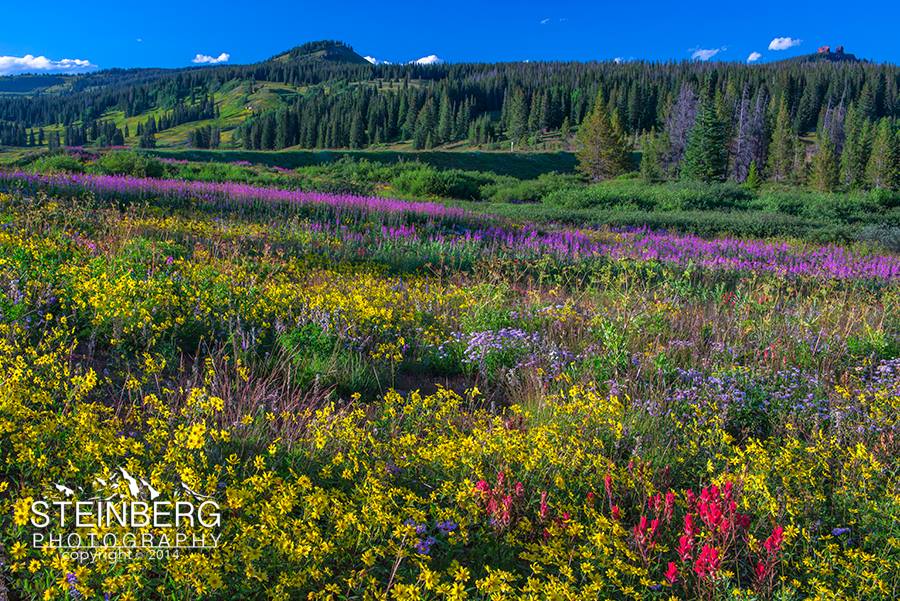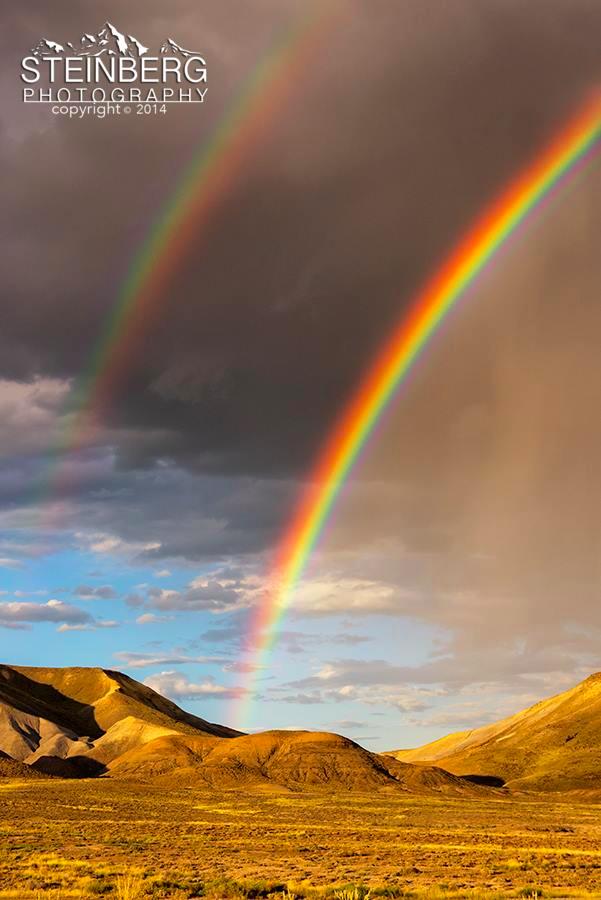If you live in the Northern Hemisphere, the time to capture the Milky Way is right now! The best views begin in March and extend until October.
It may seem intimidating to the beginner, but with this guide, we’ll take the mystery out of the night sky— with clear instructions that will have you excited to get out there and try it for yourself.
Equipment Needed
Camera
While the camera that you use is not necessarily important, there are certain functions you will need it to have. Manual mode is needed so that you can manually adjust ISO, aperture, and shutter speed. You’ll also want a camera lens with a minimum f/4 aperture (the smaller, the better). That’s all that you really need to get started.
However, if you are able to get a full frame camera, you will have a better image quality as the sensor can gather more light. The addition of a 14-24mm wide angle lens with a minimum f/2.8 will take your images to the next level.
Tripod
A tripod is almost as necessary as a camera for this endeavor. In order to catch the Milky Way, your camera will need to remain perfectly still, and you will not be able to do that without the aid of a tripod.
Shutter Release/Intervalometer
This mechanism reduces the camera movements and vibrations when you press the shutter, and it allows for exposures longer than 30 seconds.
When to Shoot
You want to shoot when the weather is clear and the sky is at its darkest. The best time for this is during the new moon, along with the week before and the week following it. The closer to the actual new moon, the darker it will be.
Where to Shoot
Location
You want to shoot where it is dark, away from the light pollution of cities. You can use an online tool like Dark Site Finder to find the darkest areas near you.
Sky
We know the best time to photograph the Milky Way is from March to October, but you will also need to know where it will be in the sky. You can use an app like Photo Pills to help you find it.
How to Focus at Night
With your camera set up on your tripod, set your focus ring as close to the infinity symbol as you can. In “live view,” point your camera at the brightest object you can see in the sky and zoom all the way in. Finally, adjust your focus ring until the dot of light is as small as possible.
Camera Settings
The most important element here is using your camera settings to allow as much light as possible into the shot.
Aperture/F-Stop
It seems counter intuitive, but the smaller your f-stop, the larger your aperture. To catch the stars, you want the widest possible aperture. Therefore, you want to be at the lowest possible f-stop for your camera. If the quality is not great, move up one at a time until it is.
Shutter Speed
You need a delicate balance between a long exposure time (allowing your sensor to collect more lights) and the movement of the earth, which will cause your stars to have trails. The longer your focal length, the shorter your exposures can be.
ISO
This is the last setting you will adjust. Start at about 1600 and take a test shot. If it’s too dark, increase the ISO until the Milky Way becomes clearly visible.
Learn and Travel with Steinberg Photography
Do you want to take your skills to the next level? Professional photographers Jim and Lori Steinberg of Steinberg Photography offer numerous exciting workshops and tours for everyone from beginners to professionals.



















